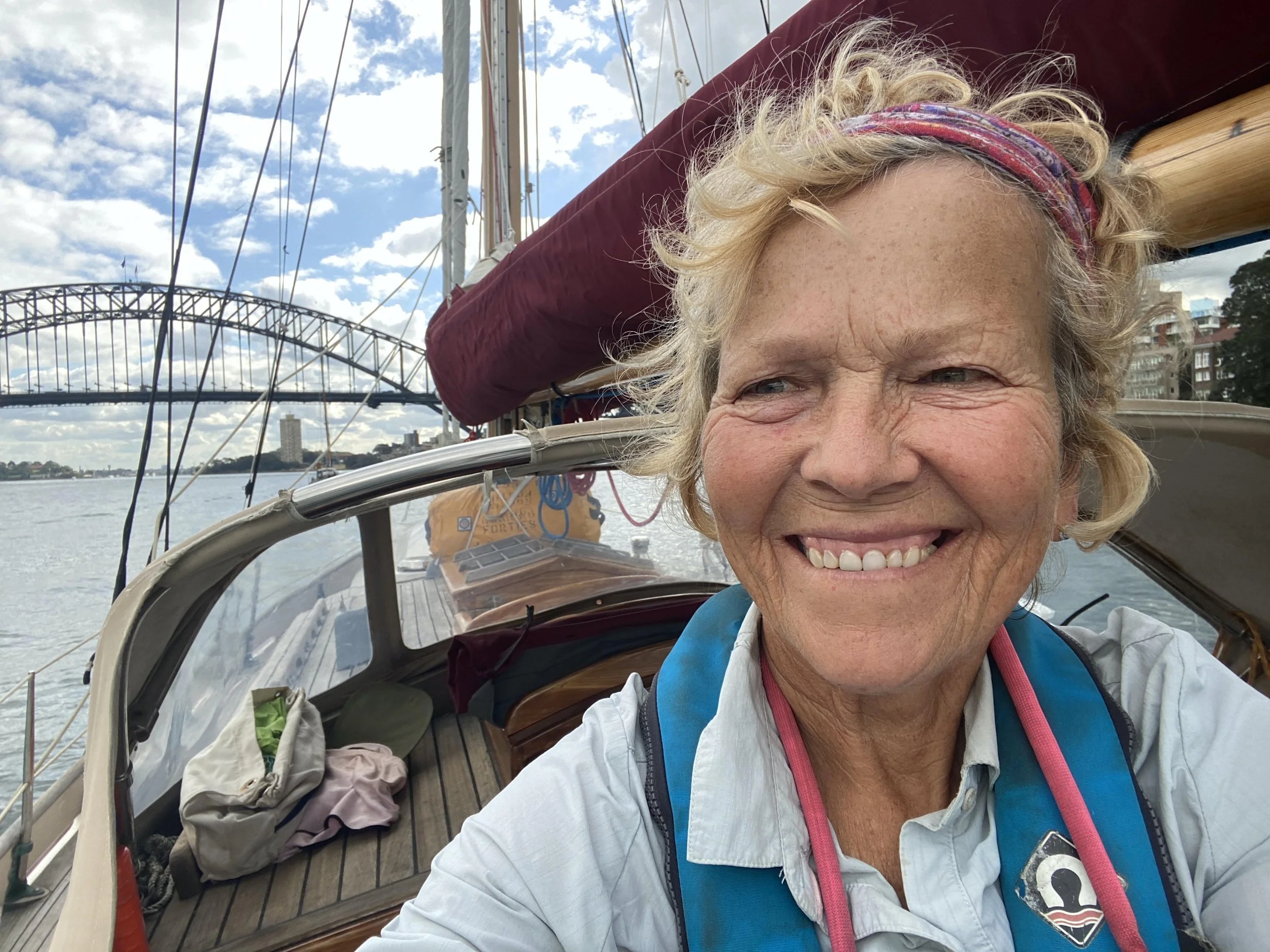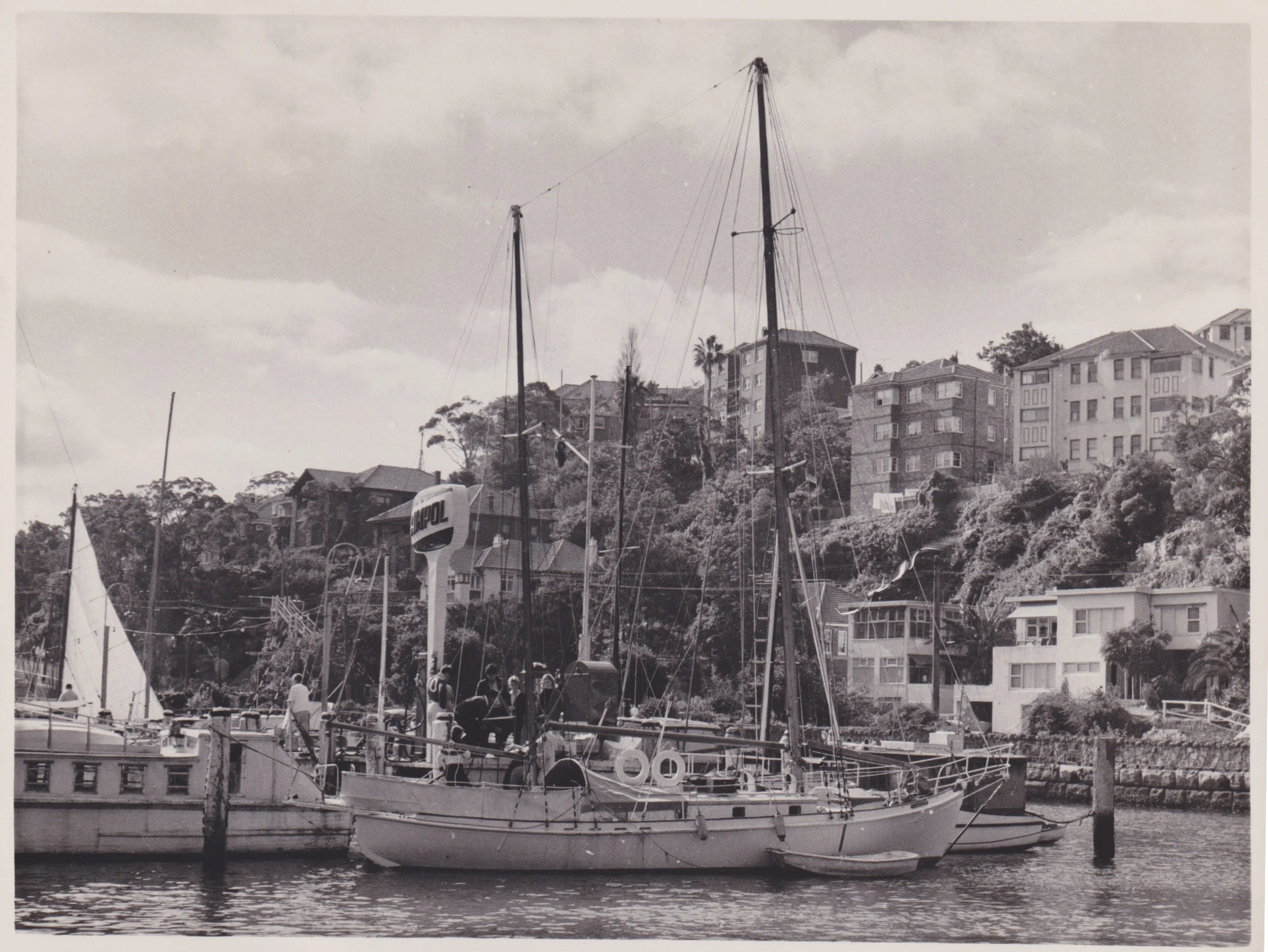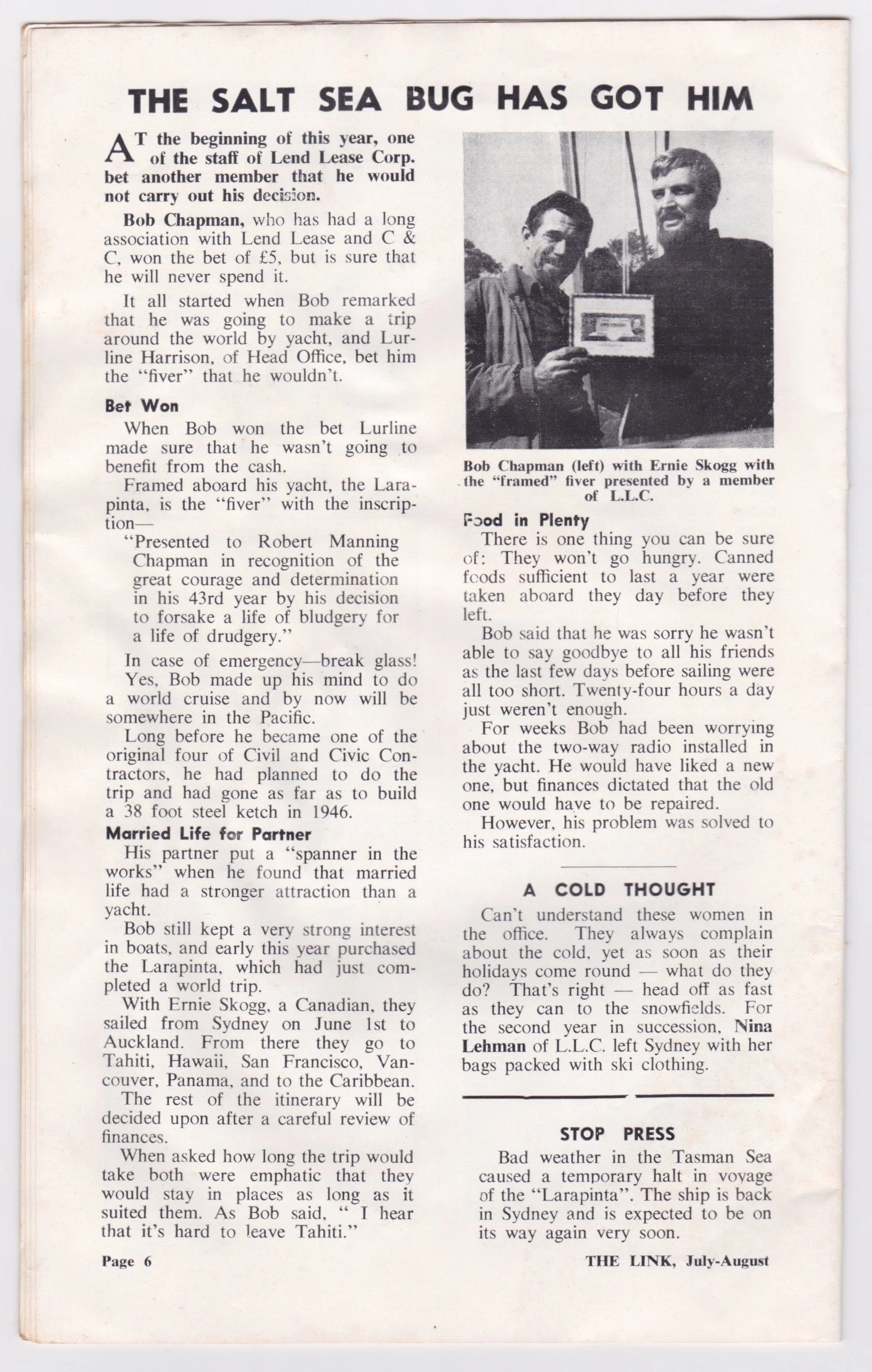Readers Write
Some of the correspondence this week from our 9000 monthly readers
Val Nicholls’ article in last weeks edition created genuine interest, or more accurately admiration…..We sort of knew it would! With over 1000 reads in the first week it’s one of our top rating stories. But the real eye opener is that the AVERAGE time spent on the page is 9 mins and 17 seconds…. The standard average time for a blog page is around 20 seconds. Who said we can’t stem the tide of ever shortening attention spans?
Here are some of the comments
From Quentin Miller
I was inspired by your article, Val. Thank you for sharing, being so honest and vulnerable. I was struck by a few things, your courage, hope and belief in yourself when you faced the mountain of shock and sadness to learn that your 40 years of marriage was over. The 4 duck theory and your decision to hove-to, was inspiring. The choices you made at that moment and are still making and working through to LIVE and RE INVENT yourself in your 70s are refreshing. Most people would want to climb into bed and pull the duvet over their heads.
So I am in awe at how brave, and courageous you are and have been, while still being and feeling vulnerable.I am a 73 year old man living in Cape Town, and my wife and I have been happily married for 47 years and are both still active working. I can’t imagine the hurt and trauma you felt to go through this. We sailed for 3 years on a home made trimaran built by my parents in Zimbabwe and sailed from Cape town to the Med, then Caribbean, where my wife and I took over in our 20s. I understand about hove-to when you reach 4 ducks, which we did a few times.
From Graham Cox
I really enjoyed your story, Val. As an experienced East Coast solo sailor, with 25 years of experience sailing between Sydney and Cairns, I related to it. I've never gotten complacent about crossing bars, they make me nervous every time. And as a writer, I was delighted with your unusual, and refreshing way of structuring your story - it is informative, entertaining, and emotionally engaging. I saws Aziza moored in the Wharf Marina, Mooloolaba, and had a close look at the boat - an impressive build - but the boat was shut up. A pity, as I would have enjoyed a chat with you. Fair winds for whatever you do next.
From Brett
What a wonderful story - one of the best. I will get my sister to read it to inspire her.
At 71 she has decided to take sole ownership of the family boat. 1967 Carmen class that we have had in the family for 50yrs. She is not a great sailor and has no clue about boatcraft/ownership/maintenance but is willing to learn and I am willing to help and support.
I suspect that she won’t endeavour to try your epic achievement as we are in Western Australia and day hopping is less achievable however there are still wonderful day sails available.
All I can say is well done, well written, and congratulations.
Jo Shaw sent us some interesting background to Malcom Lambe’s story on Peter Mounsey and LARAPINTA.
Jo Writes
Here’s a side story about Larapinta to go with the tales of Mounsey’s epic and the subsequent care for the beautiful boat.
My Dad (Art Shaw) met Bob Chapman in the early 60s, sailing Sydney Harbour and drinking at Mosman Rowing Club.
“Chapman” was an Errol Flynn like sailing rogue. He was like a magical old uncle to me, full of sensational stories and the world’s best jokes.
In 1950 he won first prize in the NSW State lottery. It was a huge amount of money. He had lots of fun with the winnings!
He continued to work, looking after yachts for Dick Dusseldorp, the head/founder of Lend Lease. Chapman would sail Mr Dusseldorp’s yacht around the world, to meet up with wherever Mr Dusseldorp wanted it to be.
In 1963, Chappy bought Larapinta from the Mounseys and headed off with his mate Ernie Skogg, keeping the dream alive as they say!
Attached a few photos and an article detailing Chapman’s plans with Larapinta.
I’ve really enjoyed looking at these old photos. So grateful that you guys maintain these beautiful stories.
Best regards, Jo
Jackie Watts from the Melbourne Maritime Heritage Network updated us on developments in the saga of the Shipping Control Tower, Victoria Harbour Docklands
Jackie writes
MMHN, having watched the destruction of Central Pier, was aghast at the evident degradation of yet another major maritime infrastructure asset in Docklands, the Shipping Control Tower. We commenced advocating for urgent remedial action. The Tower sits on the tip of North Wharf at the entrance to heritage-listed Victoria Harbour. Owned by Development Victoria, the responsible state authority, the Shipping Control Tower had been left to slowly degenerate for decades. Its inherent value and historical context to the entire story of the Port of Melbourne is irrefutable. What does it tell us about Melbourne and our society? A lot.
The Shipping Control Tower embodied the optimism towards and value of a tremendous ever-expanding Victoria Port (aka Victoria Harbour) to the State. Draining the swamp, excavating Victoria Harbour, re-routing of the river, innovative linear wharf design, multiple piers, goods sheds and dry-docks etc. From the early 1850s, there was a relentless drive to optimise the capacity and capability of the Port - an extraordinarily busy period in Melbourne’s development, fuelled by the recent discovery of gold in Victoria. The Melbourne Chamber of Commerce was formed in this period, and immediately made the connection between port capacity, efficient port operations and profit. It commenced campaigning for the establishment of a Harbour Trust to take responsibility for the development of maritime infrastructure and port operations. They did a very good job. This work enabled exponential growth in maritime trade. Melbourne and Victoria prospered. With port expansion came greater operational complexity.
In 1934 a timber octagonal watch tower was erected on North Wharf and replaced in the 1960s by the technologically cutting-edge Shipping Control Tower we see today. It controlled all shipping operations in the harbour, the river, the estuary and Port Philip Bay. Architect C.J Smith used reinforced concrete with a lift and stairs, topped by two decks – one for observation duties containing radar and communication equipment, the other being for staff amenities to support its 24-hour a day operation. This was a period in Melbourne where shipping was front-of-mind for many in the community. The Tower was the source of both social and trade information. An automated telephone service provided shipping information to the public, which was immensely popular with 116,995 calls taken in the first year.
Given irrefutable heritage significance of the Shipping Control Tower source, why did Places Victoria (now Development Victoria) deliberately exclude this from the Brief, commissioning Lovell Chen to write a detailed Conservation Management Plan (CMP) for Victoria Harbour in 2012? The impact of this exclusion was dire. In effect it stymied any heritage recognition and preservation for the Shipping Control Tower. However, despite it being outside the Conservation Management Plan Brief, unwilling to ignore its heritage significance, Lovell Chen quite rightly inserted the Shipping Control Tower as best they could - describing it as of ‘contributary significance’ to Victoria Harbour. Indeed, an astounding understatement! It is central to the entire heritage story of Victoria Harbour.
See: Victoria_Harbour_Conservation_Management_Plan_CMP.pdf
Now the good news. Despite this focus, DV has recently responded to community and MMHN advocacy and has now committed to a repair/remediation program for the Shipping Control Tower. The successful tender for the works will be announced at the end of April and works will be completed by September 2024. Quoting DV “The remediation program includes but is not limited to:
Concrete repair
Re-render of entire tower
New windows and external doors
Handrail repair and painting
New roof membrane
Clean and sanitise internal areasAlthough the long-term re-purposing of the Shipping Control Tower remains unclear, the DV works appear to be merely limited to halting further degradation. MMHN is pleased with such progress albeit way too late.
Image: Martin Dixon Board Member at the recent MMHN on-site presentation during Australian Heritage Month
And then we occasionally get heart some warming words from our readers that motivate us to plough on, into the chaos of life that is the early 21st Century
Hey Mark and Sal
Breaking the silence in admiration of your SWS News & Tydings.
Thank you again for your wordsmith compilation and feast of images in Edition 169.
Your periodic email has become an oasis experience in the maelstrom of life and too many unnecessary emails.
Compliments, respect and as said – admiration for your good work.Kind regards,
Manfred Speicher






